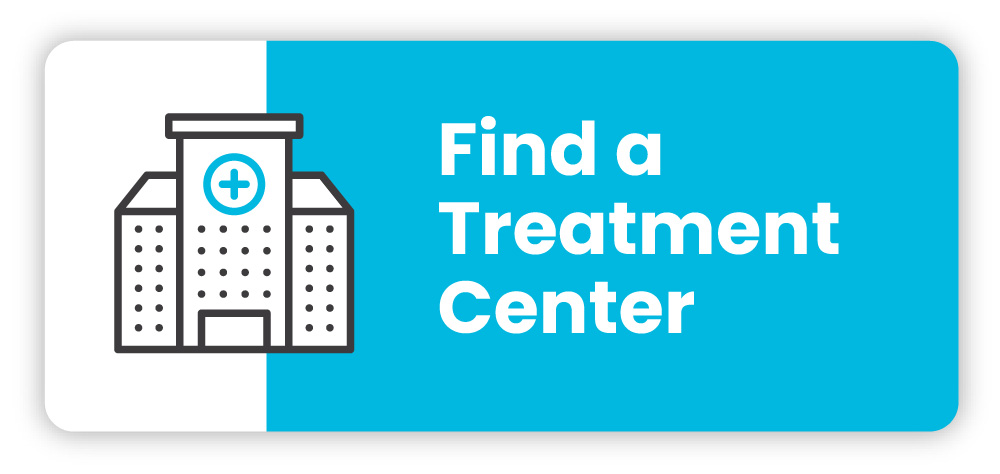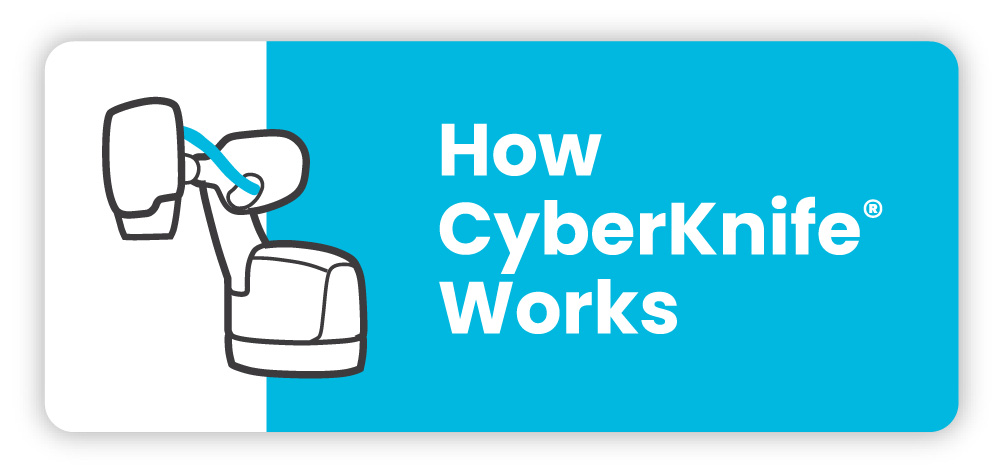My decision to speak with an Ear, Nose and Throat (ENT) doctor came about because I thought I was losing my hearing in my right ear. I found myself asking, “Did you say something to me?” more often than I thought I should be and there were times while waiting for an elevator I would think, “Oh, is the elevator here? I didn’t hear it ping.” These are common, everyday events that can happen to anyone at any age. We’re all busy, sometimes distracted, and we miss what is going on around us. So I wasn’t particularly alarmed but I was bothered by not fully being able to hear and wanted to find out what was going on. This was in 2016, though I had initially seen an ENT in 2013, also for hearing issues. At that time no tests were performed nor were any treatments recommended.
The ENT doctor, after an exam and conversation with me, ordered an MRI and based on this he determined I had a slow growing acoustic neuroma. While a hearing test three weeks after the MRI revealed I had lost 75 percent of my hearing in my right ear, my ENT doctor suggested I wait to see an oncologist. So I did. Four long months during which I repeatedly thought to myself “why wait,” my ability to hear continued to decline, and my balance became unsteady. I finally met with an oncologist but he also thought I should take a “wait and see” approach. This lasted for two weeks until I began experiencing facial spasms. The oncologist then changed the diagnosis to fast growing. He also changed his mind about next steps, telling me that it was time to take action.
What began as something that was only a little concerning, turned into something terribly frightening. The treatment option initially recommended to me by my oncologist, and two other oncologists, was surgery. An eight-hour procedure they said would result in facial paralysis. I would be unable to work in my chosen profession and the benefits to my hearing and balance were unclear. But it turned out that l was extremely lucky in many respects, the first being that my boss was a doctor who researched and found another treatment approach that turned out to be an option for me. That treatment is called stereotactic radiosurgery and in my case it was delivered using the CyberKnife® System.
While my oncologist agreed that it was worth exploring I didn’t know where to turn to find a doctor and this is where I again was lucky. I connected with Susan Thompson at Accuray who was with me, really, through every step of my treatment. She put me in touch with my amazing team of doctors at Stanford University School of Medicine and was there to offer moral support when I most needed it.
And the treatment itself? I knew I was in good hands and was absolutely confident in my doctors. I was a little nervous at first because I didn’t know what it would feel like to be treated with radiation, but I didn’t feel a thing, during the treatment or afterwards. In fact, after my treatment my son and I spent all day in San Francisco sight-seeing, which we continued the following day as well. I’ve had three CyberKnife treatments in total and each time was the same experience – I didn’t feel a thing.
The tumor itself had grown so large it was pressing on my brainstem, but during my last check-up in January 2018 I was told that it had shrunk a lot. Because of my age I will never get back all my hearing though it has definitely improved — I don’t need a BiCros hearing aid — and my balance is better.
Treatment with the CyberKnife System was life-changing for me. I’m now feeling really good, mentally and physically. And, I’m able to continue working though I’ve changed careers. Through my diagnosis and treatment experience I learned the importance of being an advocate for myself. My goal is to take what I’ve learned and be an advocate for others, because you shouldn’t have to be lucky to get the treatment that is best for you.
As of the creation of this patient profile, Elaine found her CyberKnife treatment to be successful.



